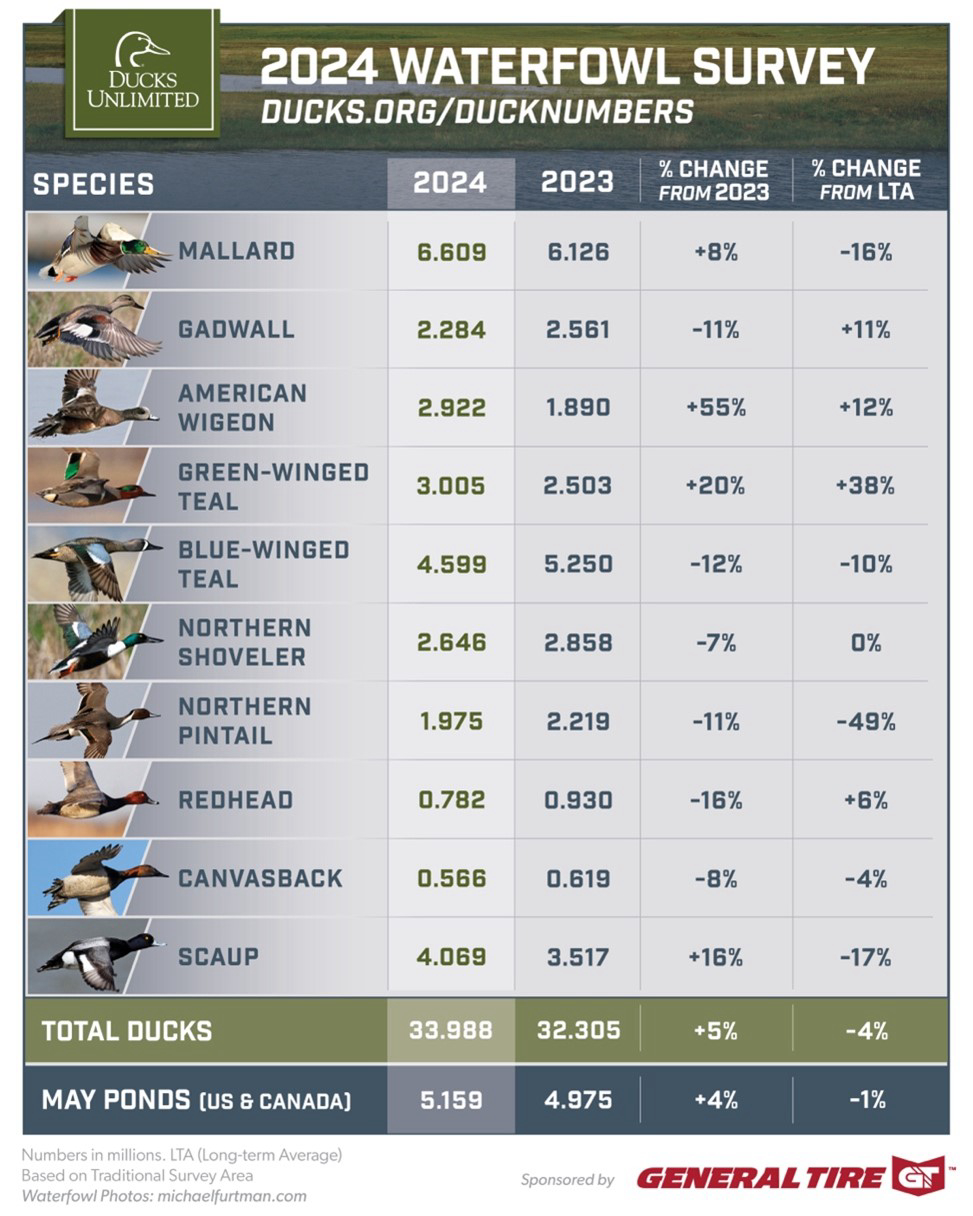Lake Trout Survival Release Study on Upper Great Lakes

A critical component of fisheries management is understanding what happens to fish when they are caught and released. Most recently the DNR has been looking specifically at what happens to lake trout after they are caught through a mortality assessment survey.
To ensure accurate data is being collected on fish being lost from angling, mortality estimates must include both fish harvested and fish that are released and then die as a result of fishing. The DNR’s Fisheries Division gathers this data through its creel clerk program. Creel clerks, stationed at Great Lakes ports throughout Michigan, measure lake trout that have been caught and released. The data are used in fish population models used to estimate harvest quotas for recreational and commercial fisheries.
“Underestimating mortality of angler-released fish will result in unreliable harvest quotas that are not protective of this important sport species,” said DNR fisheries research biologist Shawn Sitar. “Therefore, reliable estimates of the mortality of released fish are critical to the DNR’s management of lake trout.”
Unfortunately, there was little known about the mortality of angler-released Great Lakes lake trout. A few studies have been done for inland lake trout populations but only one study had been done on the mortality of angler-released Great Lakes lake trout.
“That study, done by Andrew Loftus in 1988, indicated hooking mortality averaged 14.9% with a statistical range from 7.4-25.7%,” explained Sitar. “But the study had some serious limitations including: 1) low sample sizes of only 67 fish over a two-year period; 2) no lake trout were captured from waters greater than 150 feet and only eight fish were caught and released from about 145 feet; and 3) little information on factors affecting hooking mortality for released fish.”
A large amount of Great Lakes lake trout are caught at depths greater than 150 feet, particularly in Lake Superior – yet this 1988 study didn’t necessarily factor in what barotrauma does to those fish. Barotrauma refers to injuries caused by an increase in water pressure – like being moved through a water column quickly while being reeled in on a hook.
Given the importance of high quality estimates of the mortality of angler-released lake trout from the Great Lakes and the lack of study data on barotrauma, a recent DNR study was conducted to estimate the mortality rate of angler-released lake trout in Michigan waters of lakes Superior and Huron. The study also examined the key environmental and fishing factors that influence survival of angler-released fish.
“In this study, Fisheries Division staff estimated the mortality of angler-released lake trout using tagged fish in lakes Superior and Huron then comparing the differences in tag return rates between large trap net-caught (control group) and angler-caught and released lake trout (treatment group),” Sitar said.
To determine what other factors could influence angler-released lake trout mortality; barotrauma, surface water temperature the fish is released in, capture depth, hook location, play time, handling time, and fishing method were all measured.
From 2010 to 2013 the following numbers of fish were tagged and released in southern Lake Superior: 2,300 trap net-caught lake trout and 1,800 angler-caught lake trout. In west-central Lake Huron, 1,670 trap net-caught and 930 angler-caught lake trout were tagged and released. Tag recapture data were then tallied between 2010 and 2016. Tag return rates were much lower for angler-tagged than large trap net-tagged fish in both lakes Superior and Huron.
“Our analysis of the collected tag information indicated surface water temperature at time of release was the major factor affecting tag return rates of treatment fish,” Sitar shared. “Generally, it was found that angler tag returns declined with increasing surface water temperature at the time of release.”
In Lake Superior results from tag-return data analysis indicated mortality of angler-released fish averaged 43% when the surface water temperature at release exceeded about 50 degrees Fahrenheit and was 15% when surface water temperatures were below 50 degrees Fahrenheit.
In Lake Huron, mortality of angler-released lake trout was 53% for surface temperature below 50 Fahrenheit and averaged 61% above 50 Fahrenheit, though these estimates have higher uncertainty because of lower numbers of angler-caught fish tagged and returned in Lake Huron.
Based on these findings, the DNR will look at alternative fisheries management regulations that limit the mortality from the angler-release of Great Lakes lake trout. Additionally, communications are being shared with anglers to ask them to consider the surface water temperatures when considering whether to release lake trout.
If you’d like to read the full lake trout mortality study it is available online!





